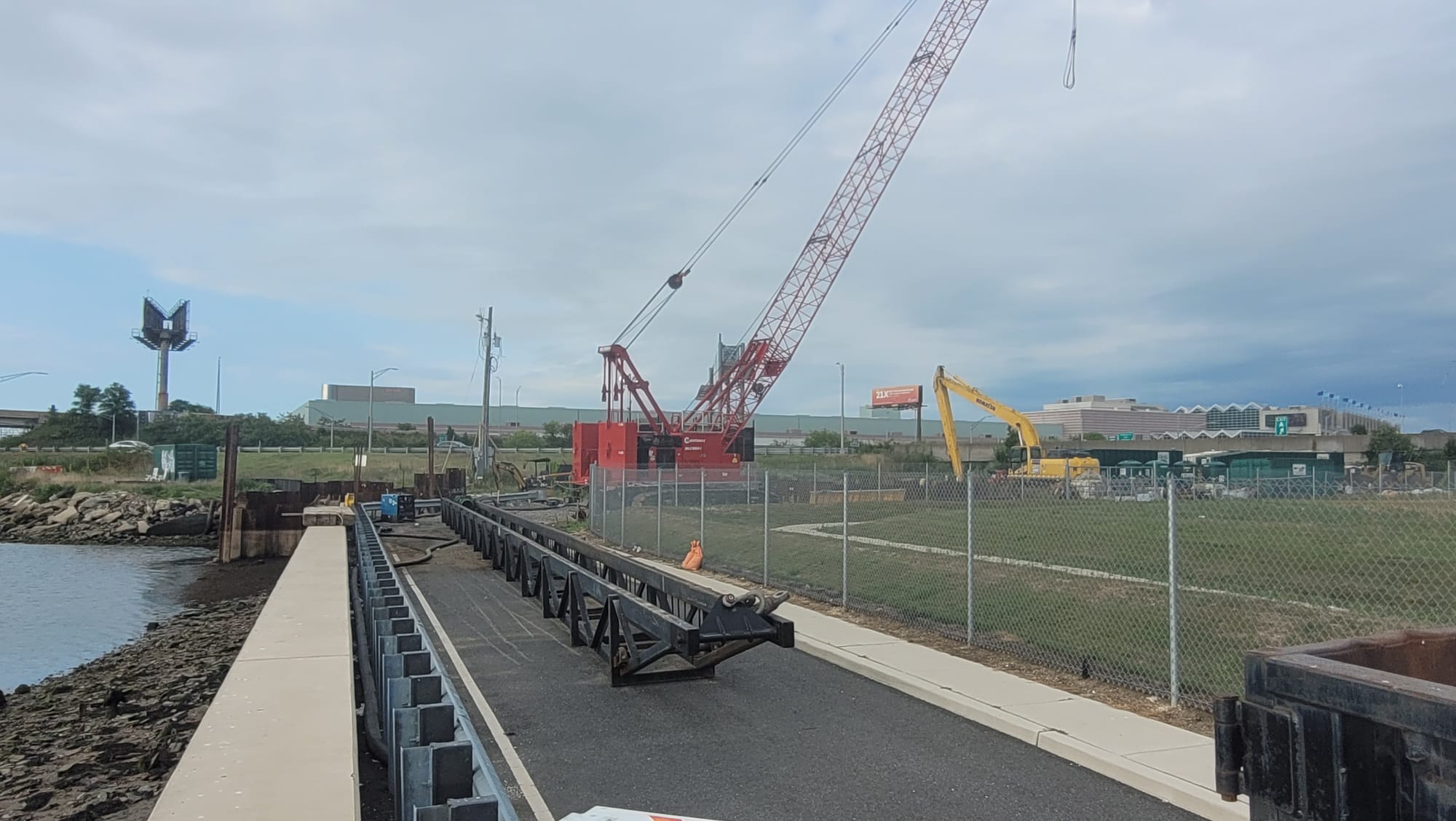Baltic Avenue Canal Being Reconstructed
The $22-million Baltic Avenue Canal improvement project will reactivate the historical Baltic Canal, originally constructed in 1912, which serves a 775-acre area stretching from south of the Atlantic City Expressway to Absecon Inlet.





